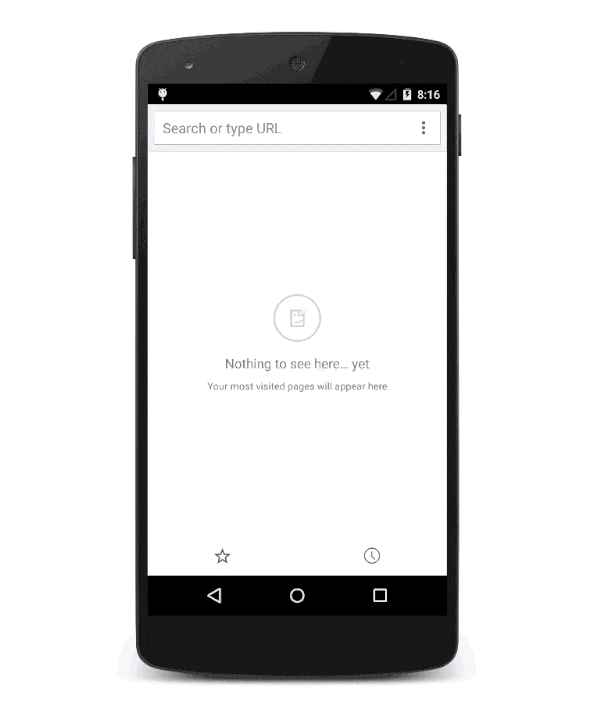Google has put forward a way to have one application be on both mobile devices and web, known as Progressive Web Apps (PWA). These applications take benefit of the modern browser and web capabilities to give a native app like experience to users. A progressive web app may seem like a native mobile app as it behaves and appears like a native app. But, the progress app is entirely different because it uses modern browser and web capabilities for delivering an app-like user experience and has a responsive layout.
The best thing about progressive apps is that it loads quickly even on network connections with a slower speed, have an icon and splash screen on the home screen and can send push notifications. When these apps are launched from the home screen, they blend into the environment; they are full screen, top level and can work offline. Following are some major features of a progressive mobile app:
- Progressive – These apps can easily work on all browsers for every user
- Responsive – These apps work seamlessly across all form factors
- Connectivity independent – Can work on low quality network connections as well as offline
- App-like – Offers app-style navigation and interactions
- Fresh – This app is always up-to-date
- Secure – The app is secure as it is served through HTTPS
- Discoverable – These apps enable search engine discovery because they are recognizable as “applications”
- Re-engageable – These apps possess amazing features, such as push notifications which make user re-engagement easy
- Installable – It allows users to keep their favorite apps on their home screen
- Linkable – You can share this app via URL without the need of installing this app from the app store.
Benefits of Progressive Web App
Progressive web apps provide a number of advantages for everyone involved. The user will be able to install the “app” instantly without a large download or without visiting the app store. Organizations can easily develop web apps without needing the separate iOS and Android teams. They can update as well as launch their app without going through the process of the app store approval. Defect fixes and releases can be deployed instantly.
Progressive Web App is website hence limited by what web can do today. You will be surprised to know what is possible with web now (https://whatwebcando.today/). As of now featured required for PWA are supported by Chrome, Opera. Mozilla Firefox (Extending the Web’s capabilities in Firefox and beyond) and Microsoft Edge ( Service Worker ) are developing the required features. Safari also lists service workers as “under consideration.” Overall Progressive Web App has enormous huge upside.
PWA Examples
- Google Inbox
- Flipkart Lite
[Image: https://developers.google.com/web/updates/images/2015-03-03/add-to-home-screen.gif]
Find more information on PWA at following links
- Alex Russell — Escaping the tab without losing our soul
- Chrome — (YouTube Video) Progressive Web Apps
- Google - Progressive Web Apps
- Your first Progressive Web App - Google Codelabs
Share your development experience with Progressive Web App development.



